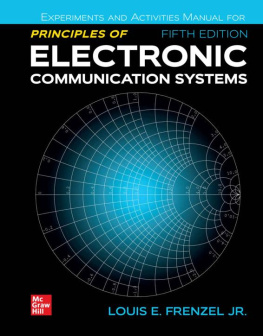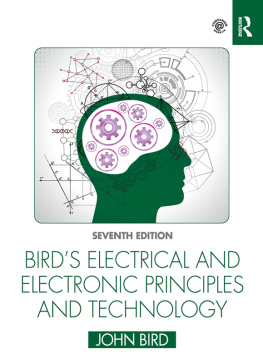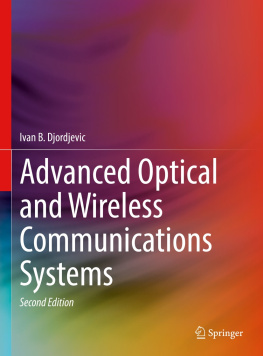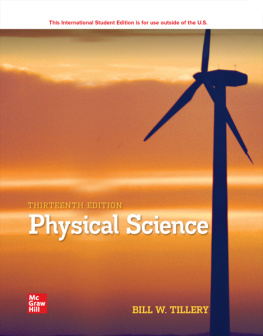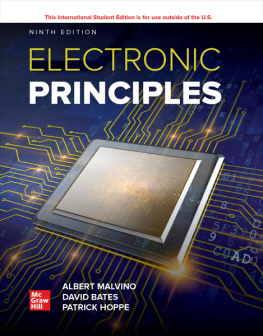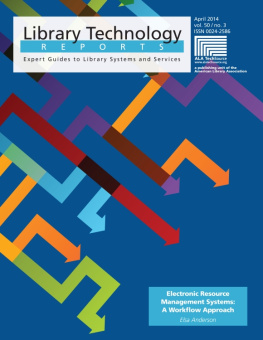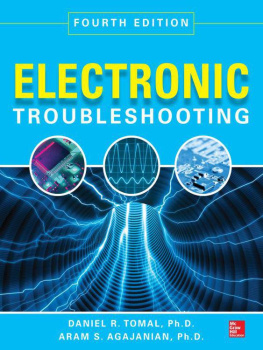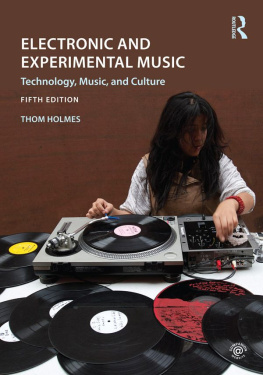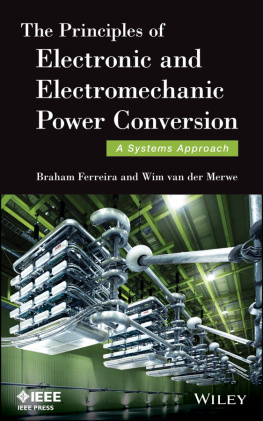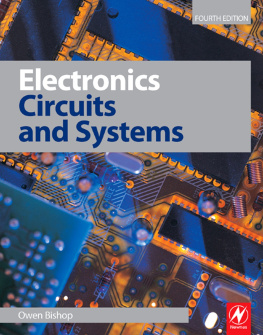page i
Principles of Electronic
Communication
Systems
Fifth Edition
Louis E. Frenzel Jr.

page ii

PRINCIPLES OF ELECTRONIC COMMUNICATION SYSTEMS, FIFTH EDITION
Published by McGraw Hill LLC, 1325 Avenue of the Americas, New York, NY 10019. Copyright 2023 by McGraw Hill LLC. All rights reserved. Printed in the United States of America. Previous editions 2016, 2008, and 2003. No part of this publication may be reproduced or distributed in any form or by any means, or stored in a database or retrieval system, without the prior written consent of McGraw Hill LLC, including, but not limited to, in any network or other electronic storage or transmission, or broadcast for distance learning.
Some ancillaries, including electronic and print components, may not be available to customers outside the United States.
This book is printed on acid-free paper.
1 2 3 4 5 6 7 8 9 LKV 27 26 25 24 23 22
ISBN 978-1-259-93279-3 (bound edition)
MHID 1-259-93279-6 (bound edition)
ISBN 978-1-260-78935-5 (loose-leaf edition)
MHID 1-260-78935-7 (loose-leaf edition)
Portfolio Manager: Beth Bettcher
Product Developer: Beth Baugh
Marketing Manager: Lisa Granger
Content Project Managers: Jeni McAtee, Samantha Donisi
Buyer: Laura Fuller
Designer: Beth Blech
Content Licensing Specialist: Lorraine Buczek
Cover Image: Audrius Merfeldas/Shutterstock
Compositor: Aptara , Inc .
All credits appearing on page or at the end of the book are considered to be an extension of the copyright page.
Library of Congress Cataloging-in-Publication Data
Names: Frenzel, Louis E., Jr., 1938 author.
Title: Principles of electronic communication systems / Louis E Frenzel.
Description: Fifth edition. | New York, NY : McGraw Hill Education, 2022. | Includes index.
Identifiers: LCCN 2020024475 (print) | LCCN 2020024476 (ebook) | ISBN 9781260789355 (spiral bound) | ISBN 9781259932793 | ISBN 9781260789362 (ebook other)
Subjects: LCSH: TelecommunicationTextbooks. | Wireless communication systemsTextbooks.
Classification: LCC TK5101 .F664 2022 (print) | LCC TK5101 (ebook) | DDC 621.382dc23
LC record available at https://lccn.loc.gov/2020024475
LC ebook record available at https://lccn.loc.gov/2020024476
The Internet addresses listed in the text were accurate at the time of publication. The inclusion of a website does not indicate an endorsement by the authors or McGraw Hill LLC, and McGraw Hill LLC does not guarantee the accuracy of the information presented at these sites.
mheducation.com/highered
page iii
Contents
page iv
page v
page vi
page vii

page viii
page ix
Preface
To Instructors
This new fifth edition of the Principles of Electronic Communication Systems has been fully reviewed and updated. A book such as this needs revision frequently as the technology changes continually. Of course, the fundamentals of electronics communications do not change. However, the ways these principles are applied do change occasionally. During the past five years since the introduction of the previous fourth edition, some major changes and additions have taken place. Most of these changes are important to those of you teaching communications technology and for those of you who are out looking for work in this field. A high percentage of the new jobs involves the most recent developments.
As a writer and editor for a major electronics magazine, I am able to keep up on all the new products and technologies by way of continuous monitoring and interacting with the industries and companies that design, manufacture, and apply the new equipment. Keeping track of all of this is a full-time job.
This new version of the book is a balance of standard fundamentals and principles plus an introduction to the most recent and relevant products and technologies. It also incorporates the suggestions that some of you have provided, for which I am grateful. Here are the highlights of this new edition. Note most of the chapter sequences and numbers have changed and two new chapters () have been added.
are pretty much the same. Fundamentals do not change much, although these chapters were edited and updated.
covering software-defined radios (SDRs).
have been reversed. It is important to cover the digital fundamentals before diving into multiplexing. Heavy edit.
is a new chapter covering software-defined radios.
on transmission lines has been updated.
on networking has been updated with enhancements to the Ethernet coverage.
is a totally new chapter that covers popular wired communication techniques and serial interfaces. Wire or cable, its still a major form of communications.
on antennas and propagation has been updated.
on Internet technologies has been revised to include topics such as Internet telephony, virtualization, and cloud usage.
on microwaves and millimeter waves has been enhanced with increased coverage of relevant antenna technology such as MIMO and agile beam-forming phased arrays.
on satellites has been updated with new GPS information and other new material.
on optical technology received minor updating.
page x
on the cellular technologies is virtually all new. LTE coverage has been updated and expanded. Full coverage of the new 5G New Radio standard and systems has been added.
, covering the various popular short-range wireless technologies, has been extensively updated adding new Bluetooth (LE) and Wi-Fi 6 (802.11ax) versions. The Internet of Things (IoT) material has been increased and the full spectrum of new wireless standards and methods has been added.
on test and measurement has been updated with new instruments and methods. The addition of VNAs and S-parameters was overdue.
You will notice that I omitted mention of one chapter: previous on telecommunications. This chapter covered legacy telephones and telephone systems. Wired telephones have been fading away for years, and today most people use only their cell phones. In fact, in many locations throughout the United States, local loop-wired telephone service is no longer available. Further, telephone companies are gradually sunsetting their wired service and putting most of their investments into the buildout of their wireless systems, especially the new 5G NR services. Employment opportunities in the wired telecom field have mostly disappeared. I felt it best to use the available space in this textbook on the more up-to-date technologies. Some of the more useful telecom material has been incorporated into other chapters as appropriate.
I have continued with the end-of-chapter Online Activities. It is essential that all of you who use this book know that there is more communications and wireless knowledge and information out there than you can ever absorb. A good Internet search is essential if you ever want to dig deeper or to look more broadly at any given subject. The topics I chose reflect current trends and applications.
I have tried to edit out the older discrete component circuits where appropriate and replace them with the equivalent IC devices used today. I have left in discussion of some popular discrete component circuits where they are still used. I know some of you still like to teach the older circuits. Thats fine if you do, but you may want to point out that the real world uses more ICs as well as complete systems on a chip (SoC).
Next page

